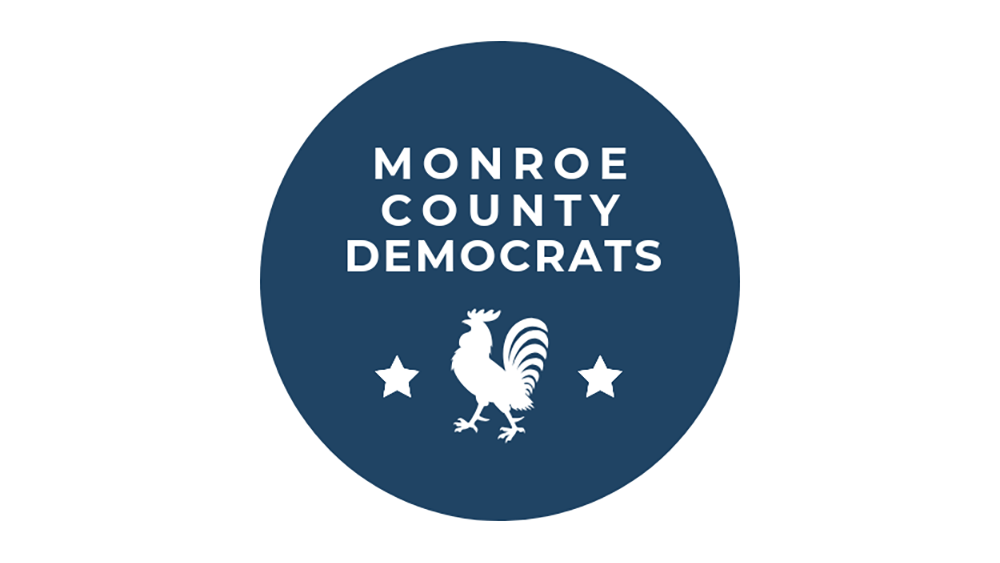The gap between the rich and the poor in Indiana grew in the 1990s, according to information released late last month by The Associated Press. \nIndiana's overall economic disparity -- the gap between the richest and the poorest Hoosiers -- rose by 2.2 percent in the 20th Century's final decade. Two Indiana counties, Union and Orange, were most heavily affected. They had a 17.6 percent growth in economic disparity.\nThese numbers were produced using the Gini coefficient, a calculation that determines the economic deviation between economic groups. A total of 0.0 is complete income equality while 1.0 is complete inequality. \nUpon viewing the numeric findings, John Besl, Research Demographer for the Indiana Business Research Center said the data provided by the AP show an increase of 0.414 in 1990 to 0.423 in 2000, exemplifying a more uneven Indiana income distribution over the 10 years. The U.S. Census Bureau compiled the numbers.\n"It's interesting to note that Monroe County had the highest Gini coefficient for 2000 and the second highest in 1990," Besl said. The reason behind such a large deviation in the area is because of the great differences between high-income residents and college students who "typically have little or no income."\n"The change in Gini coefficient was 2.6 percent -- about the same as the state," Besl said.\nThe movement between income groups is largely due to age and work experience, said economics professor Peter Olson.\n"Younger workers have lower incomes, but their incomes typically rise and fall with retirement," Olson said. "My guess is (students) are currently in the lowest income quintile. Do (they) consider themselves poor?"\nWhen considering the gaps between Indiana households' monetary standings, Olson said there are a number of major factors that need to be considered before labeling these findings.\n"Data on income distribution typically measure pre-tax money income only," Olson said. "Effects of taxes and in-kind transfers -- food stamps, housing subsidies, etc. -- are omitted. Including taxes and transfers reduces the disparity, but it still exists."\nOlson added that growing gaps are necessary when a society becomes richer.\n"Zero is the lower bound, but there is no upper bound. Seen in this light, growing disparity is the result of something desirable," Olson said. He added that people tend to choose spouses with similar characteristics, including comparable income levels. \nTo add to Olson's theories, Besl said labor markets are providing fewer jobs for low-skilled workers because those occupations are either no longer available or wages have decreased after taking inflation into account.\n"Workers with college degrees are doing okay, but workers who didn't get any education beyond high school have fallen farther behind, creating income disparity," Besl said. "The payoff to getting an education is greater now than it was 20-25 years ago." He also said married couples typically have higher incomes, but there are fewer wedded couples than in the past. \nThe AP reported Indiana's Crawford County filled the third slot for highest income inequality in the 1990s. Meanwhile, Northwest Indiana's Benton County had the most dramatic decrease in disparity, where in the 1990s, a 14.8 percent fall toward equilibrium took place. \n"As Mae West is reported to have said, 'I've been rich and I've been poor, and being rich is better,'" Olson said. \n"I'm not suggesting that poverty is good. But I think the official data overstate the amount of poverty"
Indiana's income disparity increases
Monroe County leads the state in economic deviation
Get stories like this in your inbox
Subscribe





